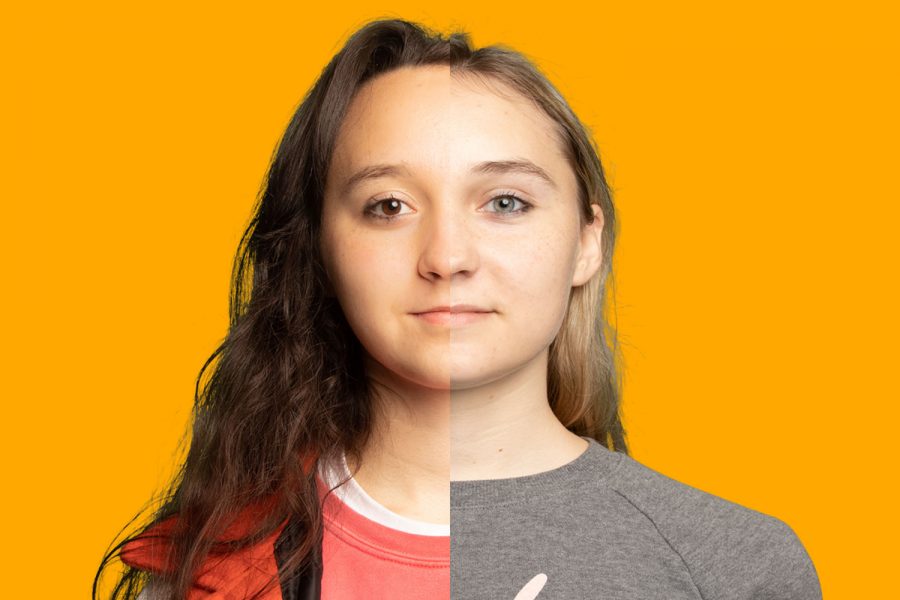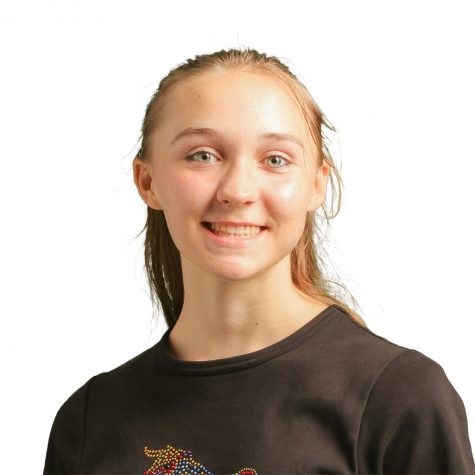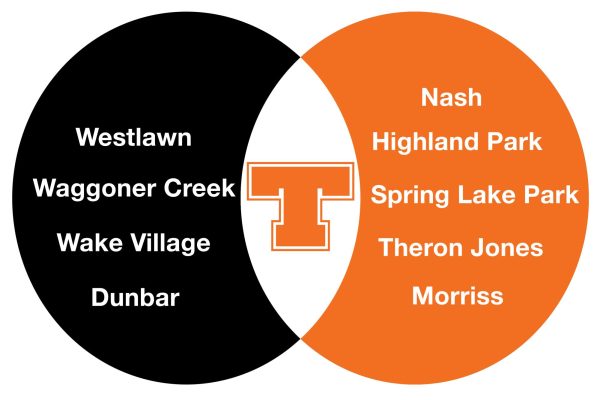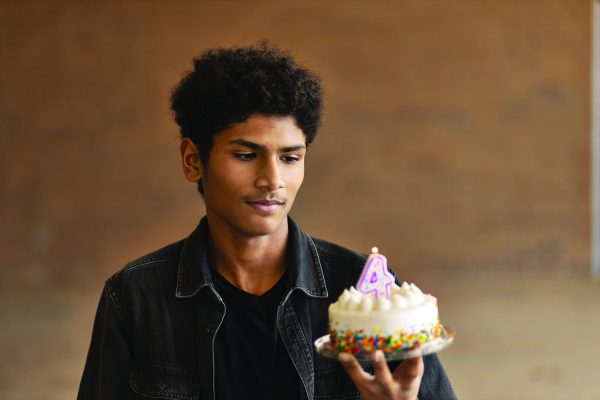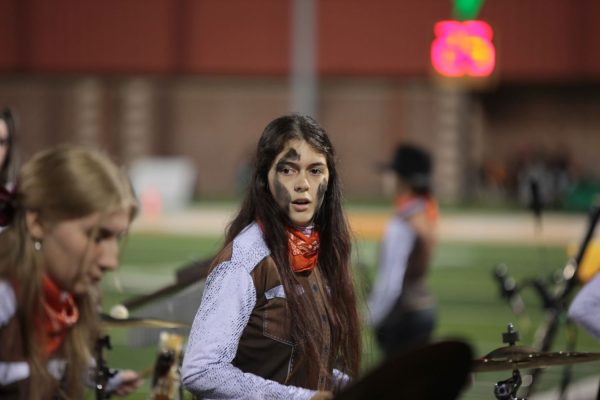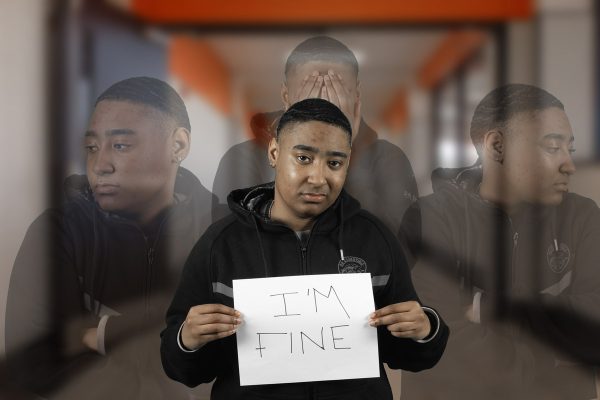The genetic divide
23andMe highlights differences in twins
November 16, 2018
When you think of twins, you might imagine the closest the human race will ever come to true clones. Clothed in identical genes, these biological copycats roam the earth with only subtle implications of a unique identity. For my sister and I, this is not the case; we’re fraternal in every aspect of the word.
When I was younger, I was perplexed by the notion that we could possibly be twins. We diverged in so many different ways, both in appearance and personality, that I could hardly grasp the concept of the two of us under such a label. It was like dressing up as opposites for twin day, except this time twin day was everyday.
Growing up, I came to enjoy this “best-of-both-worlds” idea. I could be both a twin and a separate individual whenever I pleased. Eventually, I decided to dig deeper into our differences. It was time to let our DNA tell us the extent of our genetic divide.
My sister and I, while sifting through old Christmas presents in a mid-summer’s stupor, agreed upon finally unboxing our 23andMe genetic testing kits. With instructions printed upon the inner face of the box, it was simple to use and consisted of a test tube to contain salivated samples, a specimen bag and a tube container. When we were ready, all we had to do was ship the box off, and our job was finished.
23andMe is a company based in Mountain View, California, that focuses on genomics and biotechnology. One of the reasons I was partial to this company’s service in particular was due to the amount of information it provided. Only a month prior to receiving my results, my father’s reports from Ancestry arrived with minimal details and a disappointing lack of embellishment. Fortunately, 23andMe did not prove so dismaying.
Here is what we discovered:
Ancestry
This is what determines our geographical origins. The two of us were the most excited about this report, as it would help explain where our appearances and behaviors truly disconnect or convene. According to the data, our genes both lock in at 99.7 percent European, a sight that was at first disenchanting. We had, after all, been hoping to find answers for – not further confirmation of – our twin roots. But then we looked into the specifics, and what we found was more than illuminating. For starters, we learned that Johnni is 14.1 percent more French and German, whereas I rank in as 4.6 percent more British and Irish. I’m also 9.5 percent more broadly Northwestern European, 1.3 percent less Scandinavian and 1.2 percent more Italian.
Fortunately, neither of us tested positive for anything of concern, but we still unveiled some strange behaviors that stem directly from our DNA. — Charli Huter
Health
This was an important portion for us for a much less enticing reason. The fourth generation of a family plagued by cancer, it was both frightening and compelling when we learned that 23andMe offered reports that identified variants associated with cancer-producing alleles and other diseases. To be fair, no matter how much science supports these results, there were instances of utter inaccuracy. For example, I am apparently the least likely of the two to consume more caffeine. This is a definite error, as I not only steam through a minimum of three mugs a day, but I am also a stickler for genuine black coffee. That takes dedication and a true appreciation for the craft of the bean. Also, I hate to burst the 23andMe bubble, but one of us definitely didn’t end up with light hair.
With all mistakes accounted for, however, the majority of health reports remained incontrovertible. The two of us are less likely to be deep sleepers, withhold the muscular composition of elite power athletes, and are likely to move less when sleeping. We also share a 50/50 chance of being able to match a musical pitch, are likely bitten by mosquitoes more often than others, and prefer sweet to salty foods. Where we part ways begins with heights, of which I am less likely than average to be afraid and Johnni is more likely. I apparently do not have photic reflex, an automatic response to light, but Johnni may or may not feel the urge to sneeze when exposed to sunlight.
Overall, genetic testing gave my sister and I the opportunity to celebrate our differences and highlight the similarities. It feels invigorating to know that we are the living products of our individual heritage, and in this way, it is also fascinating to see the manner in which this is portrayed. Not a day goes by that I forget I am a twin, but I am also myself: a person of French, German, British, Irish and so many other distinct roots. I won’t ever let Johnni live down her newfound fear of heights, but with her excess of French blood, she doesn’t let me get away without her own say in the matter. I am, after all, the one who received the most Neanderthal variants.


